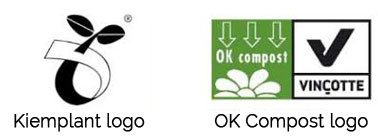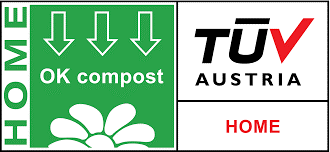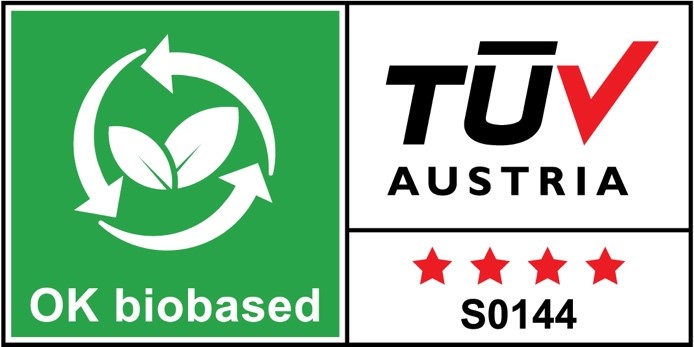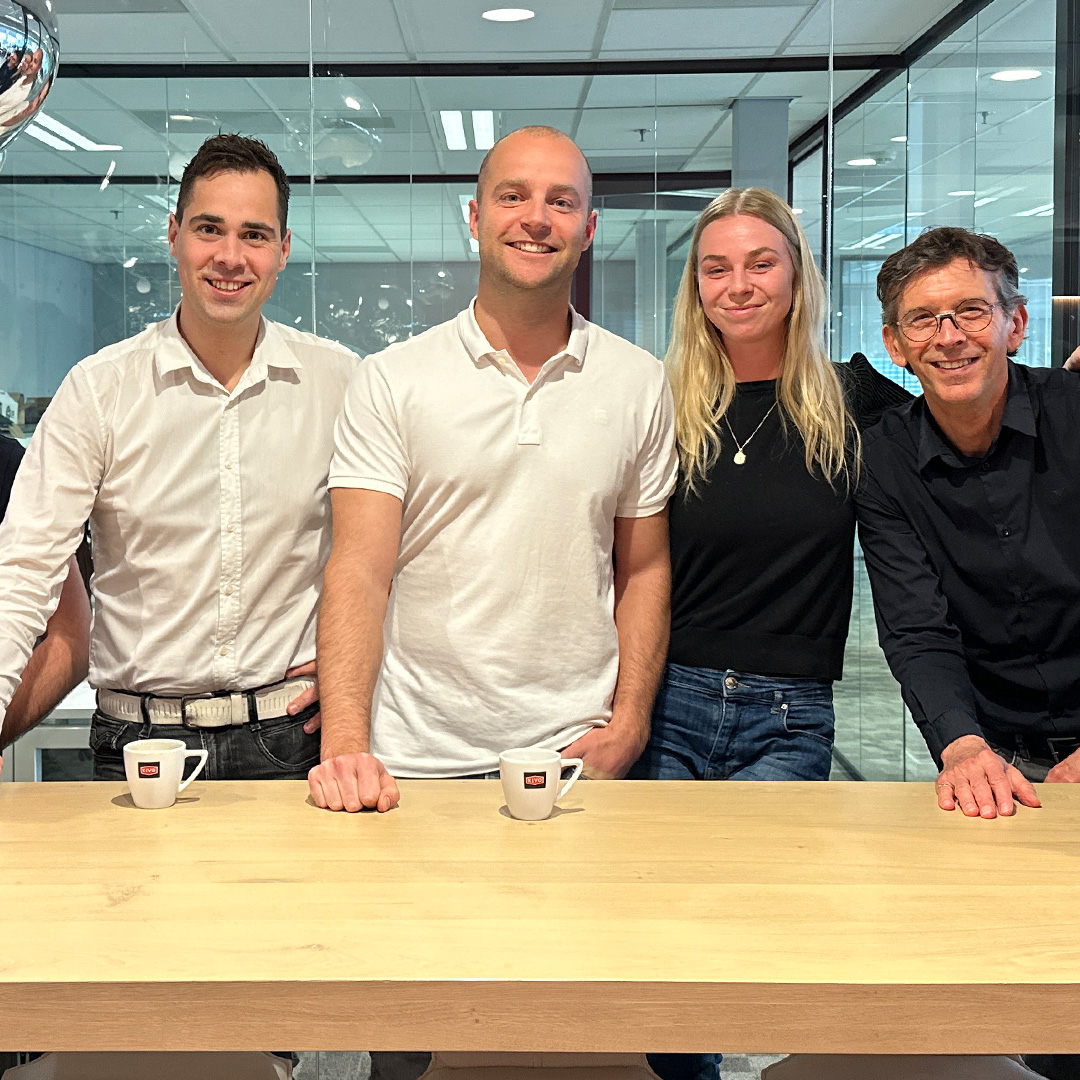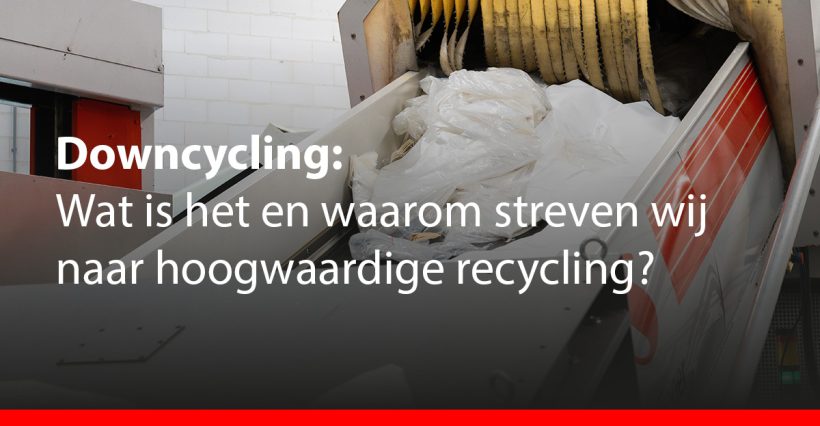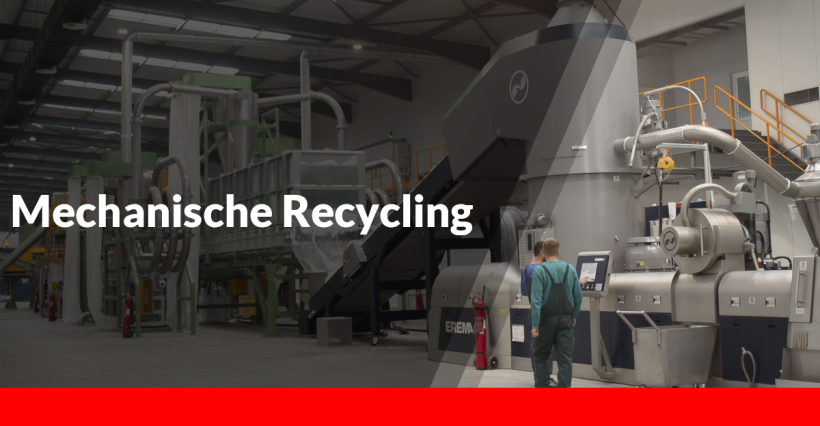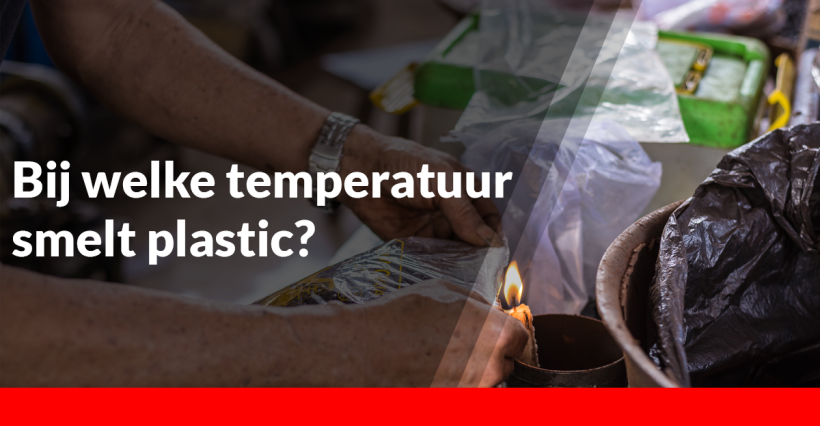What are bioplastics? Bioplastic is a very broad term, and is often used to describe several types of plastic, such as biodegradable plastics and biobased plastics. These plastics all have different properties and characteristics and thus different advantages and disadvantages.
The use of bioplastics is widely discussed. Does it offer opportunities for producers and importers of packaged products in the context of a circular economy or does it have more disadvantages than advantages?
This article covers the different types of bioplastics in detail and answers frequently asked questions around this topic.
Different types of bioplastics
Bioplastics can be divided into two groups.
- Compostable bio-based plastics
- Non-compostable bio-based plastics
In addition, you can divide plastics made from fossil raw materials into two groups:
- Compostable plastics (including PBAT, PCL).
- Non-compostable plastics (regular PE)
What does bio-based, biodegradable and compostable mean?
The term biobased only says something about the origin of the material from which the plastics are made. These plastics are made from natural materials, such as starch or sugar cane. The plastics are not necessarily biodegradable or compostable.
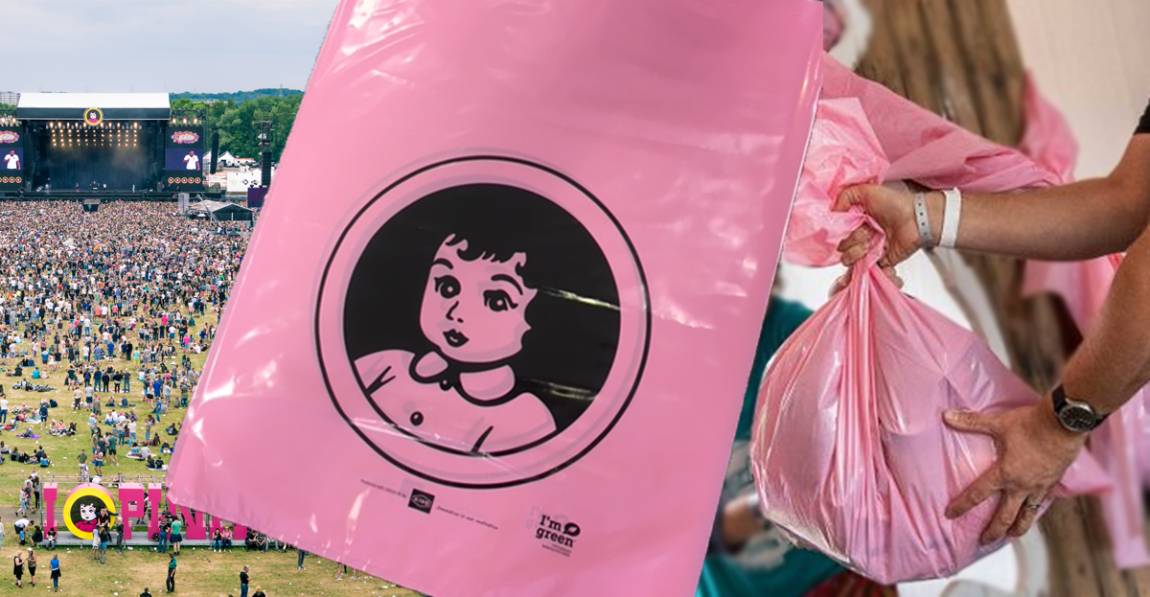
Something is biodegradable when fungi and bacteria can break it down biologically, leaving no residue. When a material is industrially compostable, it is biodegradable just like biodegradable. The difference between biodegradable and compostable is that compostable has a time limit. The breakdown of plastic is highly dependent on environmental factors such as temperature, presence of oxygen and water, and presence of micro-organisms. Plastic is (industrially) compostable if it almost completely disappears within 12 weeks in an industrial composting plant with temperatures rising to 65 degrees. The material then breaks down into water, methane and CO2. In nature, this degradation process takes much longer.
1. Compostable biobased plastics
Compostable biobased plastics are thus plastics that are both made of natural material and theoretically disappear completely in a composting plant. Examples include PLA, PHA and PBS.
PLA is one of the most popular forms of bioplastics and is made from lactic acid obtained from agricultural crops such as maize and sugar loaf. It is used, for example, as packaging material for food and for plastic drinking cups. It can also be used as ink for 3D printers. PLA is industrially compostable, only it takes much longer than kitchen and garden waste to compost. This ensures that when people throw it in the kitchen and garden waste, it still remains and is burnt as residual waste. PLA does not decompose on the compost heap at home either.
PLA can in principle be recycled, but not together with regular plastics. This may in fact have a negative impact on the quality of the recycled plastic. So it should be collected separately and recycled in a separate recycling plant. At the moment, this does not yet happen in the Netherlands because at the current low volume it is not interesting both in terms of cost and cost per environmental benefit. Now it is incinerated together with residual waste with energy recovery.
2. Non-compostable (partly) biobased plastics
Non-compostable biobased plastics are plastics that are partly made of natural material, but need to be treated like regular plastics. Examples include bio-PE, bio-PET and bio-PTT.
Based on production volume bio-PET currently the leading bio-based plastic. Bio-PET is partially biobased polyester and has exactly the same chemical structure and properties as traditional PET. The material can therefore be implemented very well in products without causing problems for current recycling streams.
Regular PET is produced by polymerisation of ethylene glycol and terephthalic acid. To make current commercially available bio-PET, ethylene glycol from biobased feedstock is polymerised with petroleum-based terephthalic acid. Currently, only 20% is biobased, but this still gives an environmental benefit in terms of CO2 emissions and energy resource depletion. So to make 100% bio-PET, terephthalic acid must also be made from natural raw materials. This is possible, but very complex. Research is now focusing on developing more economical production routes and scaling up existing production routes.
3. Compostable plastics (not biobased)
These are oil-based plastics that are compostable, such as PBAT, PCL and PVA. These plastics are a fully biodegradable alternative to polyethylene with low density and similar properties such as flexibility and resilience. This allows it to be used for similar applications such as wraps and plastic bags. The disadvantage is that it is quite expensive and yet does not compost as quickly as desirable.
PBAT is very flexible and is therefore often blended with rigid biobased plastics (such as PLA) to obtain better mechanical properties. Pure PLA has limited applicability because of its flexibility.
Among other things, PCL is used in the medical branch for dissolvable sutures.
PVA is elastic and sticky, used for packaging dishwasher tablets, among other things.
Recycling bioplastics
Most bioplastics, with the exception of bio-PE and bio-PET, are not suitable to enter the recycling process. This would adversely affect the quality of the recyclate.
Certain biobased plastics, including PLA, can be properly recycled separately. There are a number of recycling plants that do this, but as explained earlier, it is not yet done on a large scale. Because of the current low volume, this is not interesting both in terms of cost and cost per environmental benefit. Now it is incinerated together with residual waste with energy recovery.
Much research is currently being done on the possibility of sorting out PLA, for example, and what the costs, benefits and environmental advantages of this would be.
Composting bioplastics
There is a lot of confusion about the different types of bioplastics and how to handle them. Many people think that all bioplastics are compostable. As explained above, this is not the case. And even when bioplastics are compostable, there are still snags in practice. Currently, biodegradable plastic packaging does not belong with VGF waste, even if it bears a Kiemplant logo or the OK Compost logo (see bottom paragraph). Only biodegradable plastic bags used in VGF collection are allowed with this waste, simply because it increases the collection of VGF waste.
Bioplastics that do end up in an industrial composting plant often remain as residual waste and are still incinerated. And if the plastics do compost in time, they reduce the quality of compost.
This was nicely illustrated in a recent episode of De Monitor. Many companies, institutions and organisations, including the central government, invest a lot of money and effort in buying and collecting bioplastic cups separately, for example. The Monitor episode shows that this is immediately added to residual waste, for the reasons mentioned above.
Interestingly, an even more recent study by Wageningen Food & Biobased Research (WUR) shows that compostable plastics can be processed perfectly well in the current GFT waste treatment process. This goes against all so far known practical examples. And this does not take away from the fact that it lowers the quality of compost. In this sense, bioplastics are also a source of pollution in this regeneration process.
The biggest misconception is that bioplastics naturally decompose when they end up in nature. Like regular plastic, biodegradable plastic takes decades to decompose in the environment. And it takes much longer in the sea than on land. It is colder, it does not brew and there are no bacteria to break down this kind of plastic. It therefore causes just as many inconveniences in the sea as normal plastics. The 'biodegradable' stamp appears to make people more likely to leave it lying around in nature, thinking it will decompose anyway. In this sense, you could say that bioplastics also "pollute" the residual waste stream, although in this case this is mainly due to the behaviour of the users.
What are the benefits of bioplastics?
The major advantage of biobased plastic products is that fossil resources are saved by using renewable biomass. In addition, making biobased plastics produces 50 to 100 per cent lower CO2 emissions than other types of plastic. Also, biobased and biodegradable plastics are basically good for composting or recycling, provided it is done in the appropriate way.
What are the disadvantages of bioplastics?
Some drawbacks have already been discussed above. For example, the fact that it does not compost fast enough and that it cannot be recycled along with regular fossil plastics. But the biggest disadvantage of bioplastics is the lack of knowledge among a large part of the population. If not handled properly, it can cause disruption to current processes.
However, bioplastics offer many advantages. Research into new forms and applications is in full swing. If demand for bioplastics increases, for instance due to environmental taxes on conventional plastics, this will lead to economies of scale. This could create efficiencies in the production process and thus a falling price.
Which symbol is used to denote bioplastics?
Finally, some symbols by which you can recognise bioplastics.
The Seedling logo and OK Compost logo have the same meaning. Products with this logo are industrially compostable. The logos appear on bags, sleeves and trays made of compostable plastic. Only compostable bags (with Kiemplant logo or OK Compost logo) to collect your VGF waste in are allowed in the VGF waste bin. Other compostable packaging and compostable products must go with the residual waste. This is because it is not clear whether the lead time in the industrial composting plant is long enough to properly break down compostable plastics within that time. The packaging should also not go on the compost heap at home, where such materials do not decompose well either.
The OK Home Compost logo guarantees that the product is suitable for composting at home.
The OK biobased logo indicates whether a product consists of renewable materials. It has four levels, from packaging consisting of at least 20 per cent (one star) to packaging consisting of up to 80 per cent (four stars) of renewable materials. The logo does not say anything about the compostability of packaging.
Do you have any questions following this article?
Do you have questions on the use of bioplastics? Then contact one of our experienced employees using the contact form below. You will then receive a response as soon as possible.
